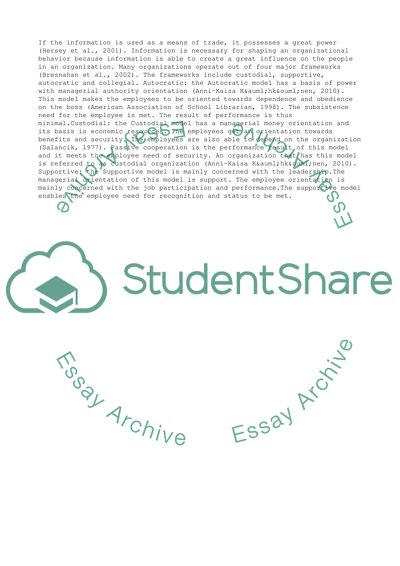Cite this document
(“Information Power Inside An Organization Research Paper”, n.d.)
Retrieved from https://studentshare.org/business/1404139-information-power-inside-an-organization
Retrieved from https://studentshare.org/business/1404139-information-power-inside-an-organization
(Information Power Inside An Organization Research Paper)
https://studentshare.org/business/1404139-information-power-inside-an-organization.
https://studentshare.org/business/1404139-information-power-inside-an-organization.
“Information Power Inside An Organization Research Paper”, n.d. https://studentshare.org/business/1404139-information-power-inside-an-organization.


